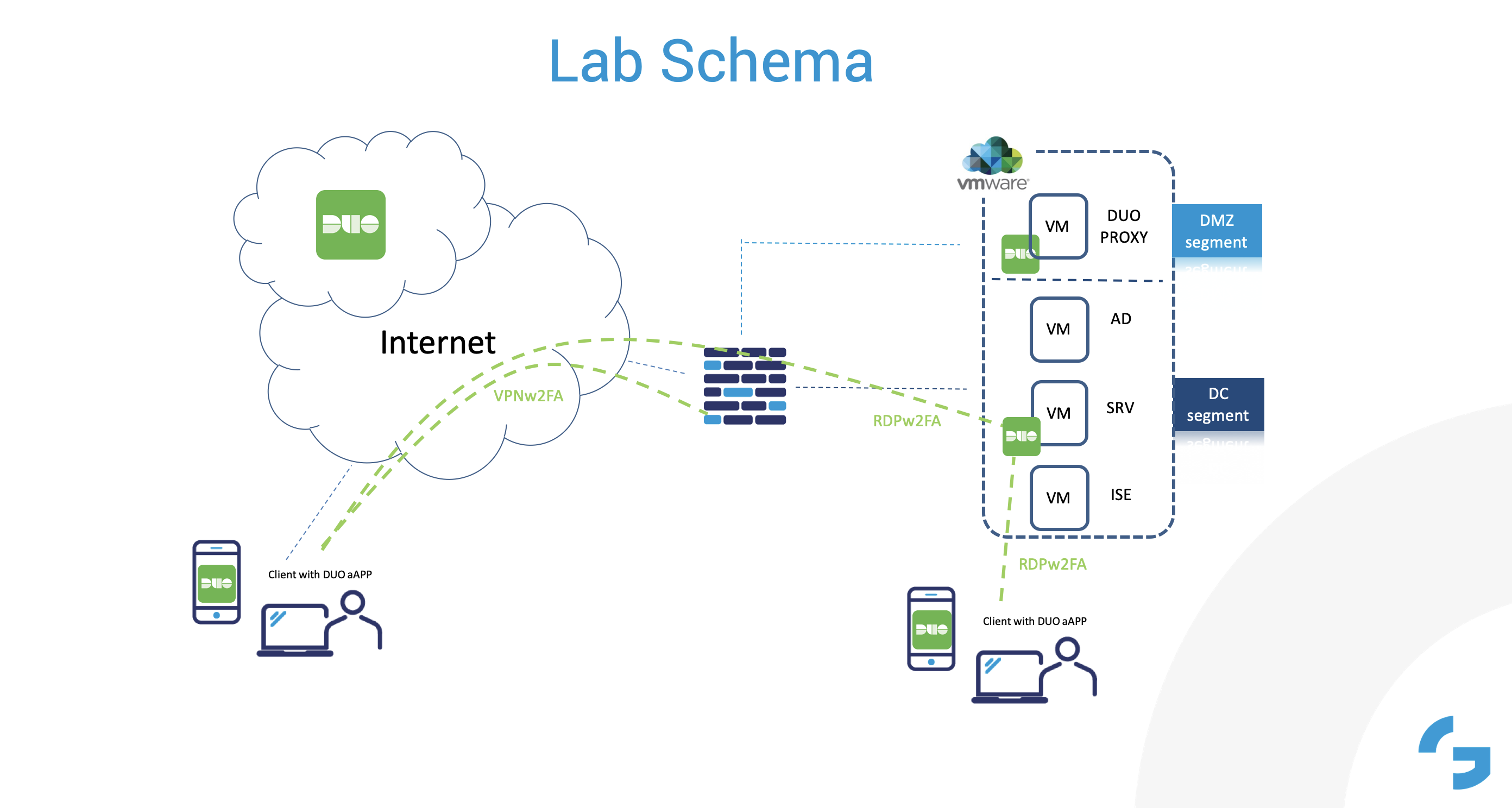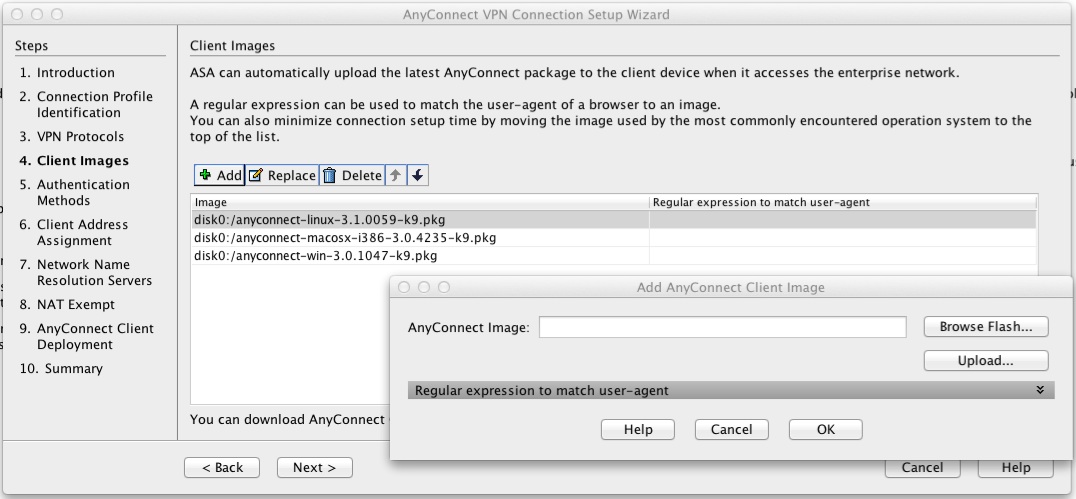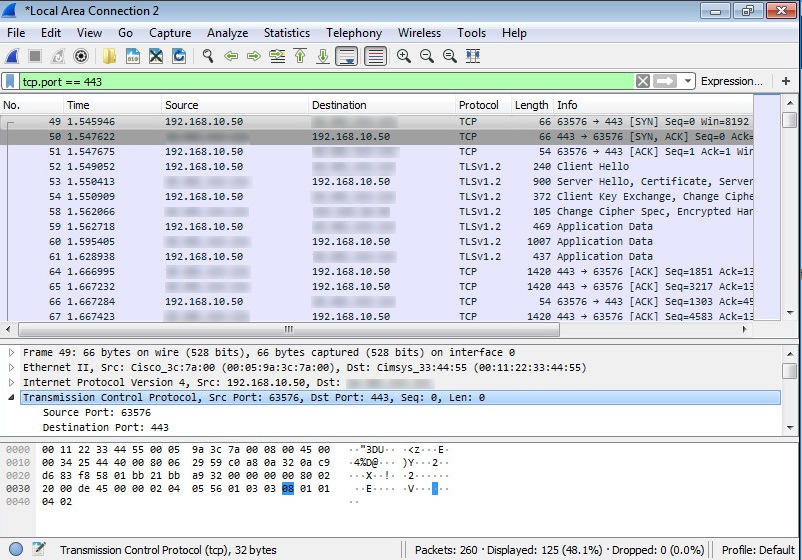
Refer the links for Security event syslog IDs and VPN event syslog IDs to be enabled.


The IP address of a specific firewall interface named interface_name (for example: "inside" or "outside")Īn arbitrary text string (up to 16 characters) If left blank, logs will be sent to the default UDP port 514.įirewall's host name (defined with the hostname configuration command) Indicates that logs will be sent using the UDP protocol, to the configured syslog port on the syslog server. Firewall Analyzer), to which the Firewall should send the Syslogs. Is the IP address of the syslog server (i.e. Is the interface on the ASA Firewall whose logs need to be analyzed (for example: "inside" or "outside"). This ID will be used by Firewall Analyzer to generate URL Reports. If there are no URL Reports available in Firewall Analyzer for CISCO ASA, enable HTTP inspection by executing the following command:Įnabling HTTP inspection will generate syslogs with ID 304001.Telnet to the PIX firewall and enter the enable mode.Get logs from Virtual Firewall (Virtual Domain)Ĭonfiguring Cisco PIX using Command Line Interface.SNMP protocol for Cisco Firewalls using ASDM Web UI tool.SNMP protocol for Cisco ASA using Command Line Interface.SNMP protocol for Cisco PIX using Command Line Interface.For this, you may have to make a rule specific to this situation. Make sure the syslog server on Firewall Analyzer can access the PIX firewall on the configured syslog port.

To find out the version of your PIX firewall, Telnet to the PIX firewall and enter the show version command.Ĭisco PIX does not create log files, but instead directs a log stream to the syslog server, which writes the log information into a file. Configuring Cisco Devices - PIX, ASA, FWSM, VPN Concentratorįirewall Analyzer supports the following versions of various Cisco devices.


 0 kommentar(er)
0 kommentar(er)
